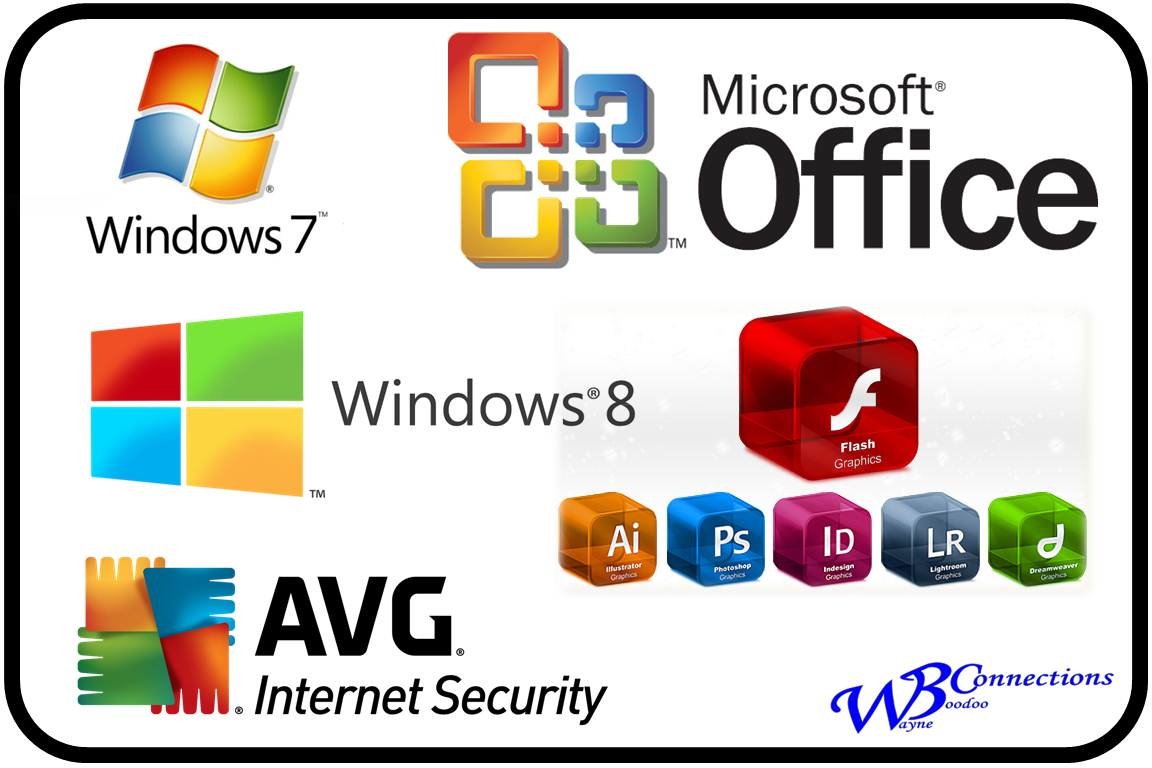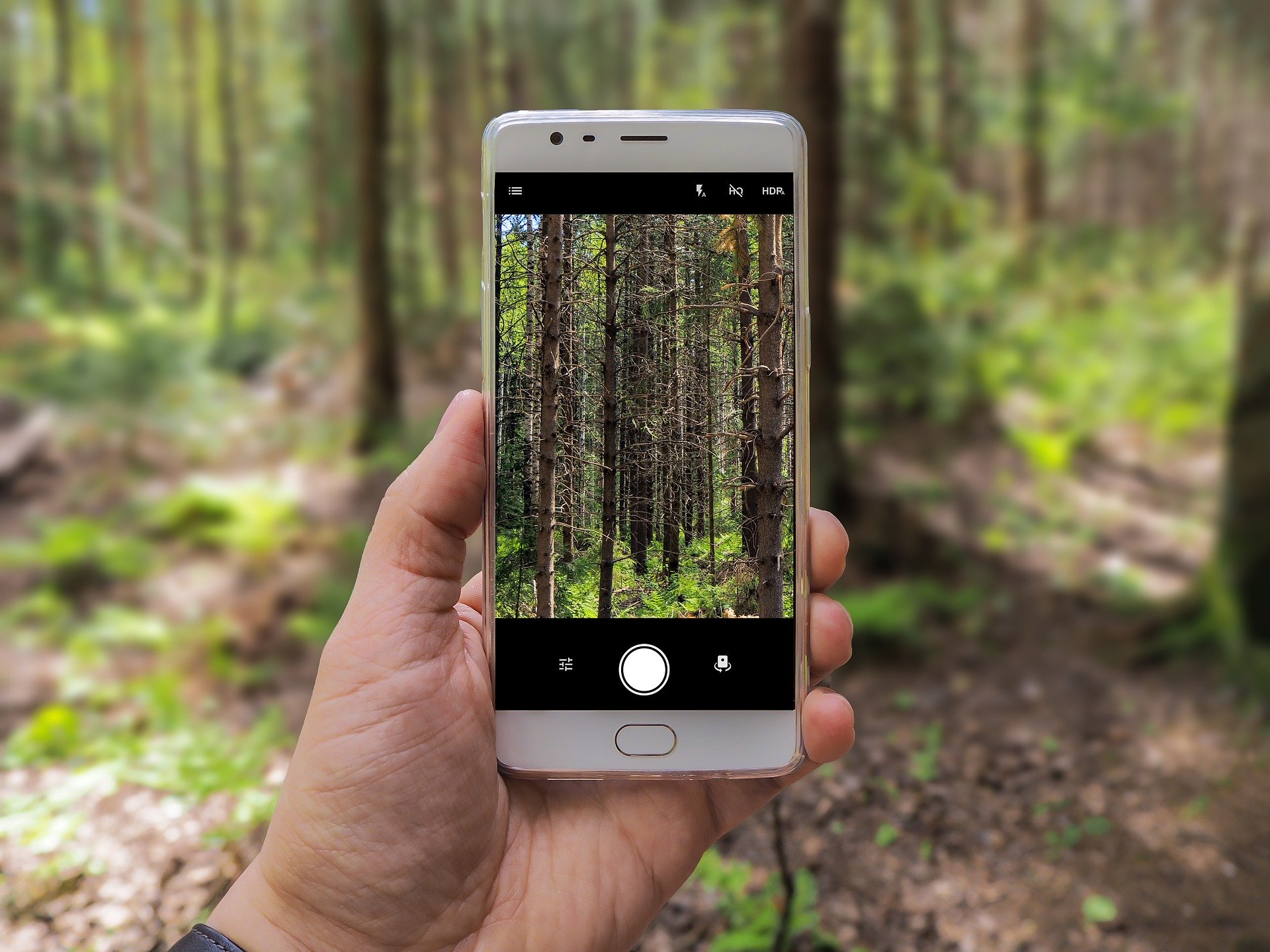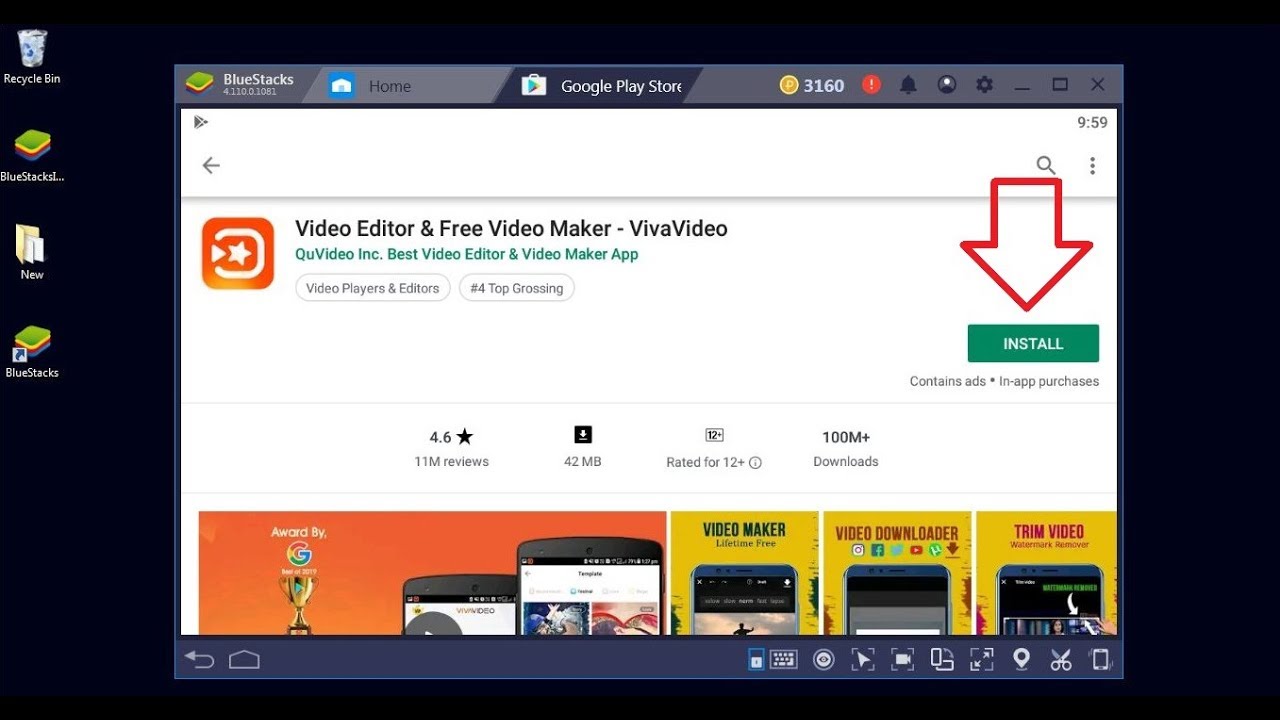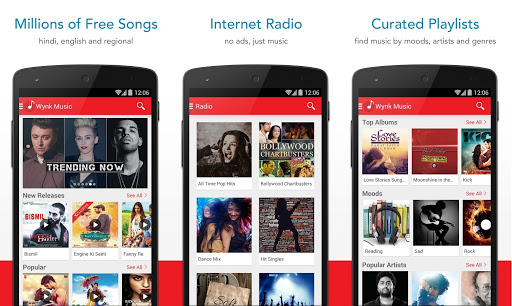Table of Contents
Introduction
The time is going on. We are learning new terms every day. Like system, react in social site, share, tagging, CPU, motherboard, cooling fan, and many more new terms day by day. All of these are tec related terms. Also, “System Software” is another right term. This is related to our daily tech life. Moreover, many people do not know the details about system software. Also, many of us do not know about the difference between system software and application software. And we even don’t know about any examples of System Software. So let’s have a look at them.
What is system software
Before entering the system software, firstly, we need to know what the system is? A method is a combination of some parts that complete the procedure. So what is the system software? A system software deals with the activities and functions of hardware and software. Its main work is to control the hardware. In a machine, the system is combined with the hardware and software. Here every component is useful for the course. Through the system software, the user can continue coordination between the machine and the user. System software runs in the background and give the command to other application software to work foreground. Also, it can operate in an independent place. Other application work depends on this system software that it will do work or not.
From the beginning
From the early history of the system software, we can see that system software was first used for computers. Claude Shanon published a manuscript named “a mathematical theory of communication”.he gave an outline for the binary logic workings in computer. By his l, logic, the first computer systemized with the binary logic. But the problem was binary logics are too much complicated. Also, if there is any problem, the program restarts again. The first successful program was running in the “manchester baby” computer. And this program was written by Tom Kilburn. That program calculated the highest factor of the integer.
It was the birth of software. That was an example of system software. In the 1950s and early 1960s, scientists tried to develop computer languages, such as COBOL, BASIC, and FORTRAN. These were also an example of system software. The examples of system software mentioned above were used only for numerical calculations, But the first multitasking system software came to the front during the Apollo mission. The apollo mission performed in the moon needed a modern-day passing system software. Margaret Hamilton, an American woman, wrote that program. Its programing language name was “Basic.” Some magnetic cores and wire connections made that program successful. This program was also an example of system software. In the early history of the system software, we can see that all of the system software was programmed for Computers only. But now it is open to every sector.
What is the need for system software
So the question comes in the mind that why we need system software? What is the significance of it? If we think of a building as a system,m then the floor is the system software. Let us notice an example. Suppe, you want to watch a video on your pc/ smartphone. So you will simply open the video player and play a video. Here the system software gives commands to the video player to play the video.
Again suppose you want to write a program so you will write the program in IDE. IDE is also an example of system software. After writing the program, the compiler compiles the program, which is another example of system software? So if you need a connection with your hardware, the system software is the only way that can help you. Don’t think that only the computer needs a system software. The vast machines that work in the factories also need system software. That is programmed before doing a specific job.
Difference between system software and application software
We often do not find any difference between system software and application software. Though they are quite same some basic differences are there. We also need to know that. So let us have a look at them
The system software is used for operating devices hardware.
Application software is used for a particular task.
The system software is installed when a user bought a device.
Application software is installed after the device is bought. Its the choice of the user.
Typically, a system software runs in the background. So it doesn’t interact with the user.
Application software runs in the front, and the user directly interacts with it.
The system software is an independent platform.so it can run by itself. Also, it gives the platform to run other application software.
Application software needs a platform, and it is dependent on the system software. Also, application software is made according to system software. Like VLC Media player for macOS and Windows are not the same.
System software operates with other drivers like firmware etc.
Application software can not control your drivers.
Advantages of system software
Think about a computer without system software. What it does actually. The system software gets the inputs, store it in the memory, the CPU process the data, and show the inputs in you display .but what time does it take? Only in a few seconds, right? Now think your system doesn’t have a system software. You have to receive the data from the inputs and process it and then store it and show the output in the display.
But remind that you have to do it within a second. All of us know that this is impossible. This is impossible to gather around thousands of employee’s data and store them. You can’t also remember them. And guess if anybody tells any specific information to you to find out you won’t find out that. So from these examples, we can realize the importance of system software. Also, manually there is a chance of error, but when the machine is doing that, the error chance is less than zero.
Examples of system software
Examples of system software are many. In our daily life, we often use many devices that need system software. In everyday life, the corporate sector, educational purposes, entertainment, research field, mills and industry, and many more sectors.
Daily life
Getting up early in the morning, we use digital watches that give us an alarm. This small digital watch also has system software. We use smart assistants like Cortana. It also has a systematic program of its own, .which another example of system software. In daily use, we need to operate our pc and mobile phone and give such commands like opening different apps. The system software proceeds that operation.
Corporate sector
Incorporate sector; the company uses a system software to collect the data of employees, like presence, absence, salary, working hours, overtime, everything. In case of emergency or searching for any information, the system helps find out the information quickly. Also, the system software indicates you if you miss any information to collect. Also, you can get any information through the system software.
Educational purposes
For educational purposes like finding the result, students’ information.collection. The system software is used for doing all this info. Like in a university result publication system,m the student uses the university website. Also, the website has a system software that conducts the information. And give the result to the actual person.
Research field
In the scientific research field, the example of system software’s number is enormous. Like when a rocket is launched, a total system is created to operate the missile from its manufacturing to its post launching procedures. Every work is done with system software. In the moon mission, system software was also used, and its also an example of system software.
Mills and factories
For every production house like the garments industry,y each and every parts need separate system software. For ma ng t-shirts, shirts, sweater, fabrics, and every clothes need system software that ensures that every clothes keep separate. This system software encludes the cotton quality of each clothes. Without the system software, every clothes material calculation is complicated. Also, the products selling information is collected and maintained by the system software.
Entertainment
Like in free time, when we like to watch movies or hear the music, we gave the command to our computer/smartphone to hear music. The system software gave the power to particular application software to do that. It is also an example of system software.
Video Gaming
For the video, the game Playstation is one of the exciting things. With PlayStation, you can play exciting games. So what is a PlayStation? Playstation is another system software that is specialized for playing games. You can add gaming consoles through the play station. Play station is from the Sony elections. Other companies have other gaming system software windows users have Xbox for their gaming system software. So these Xbox, Playstation is other examples of system software.
Disadvantages of system software
So now, as we proceed with our study on system software, one question comes in mind, one thing can’t always have only positive sides, so what are the disadvantages of system software? So, let’s talk about this.
A poorly built system software can cost you billions. Let’s take Windows Phones for an example. In October 2010, Microsoft launched its new phone named “Windows Phone” and introduced us to whole new system software. They bought their very famous “Windows” system software on the phone. But the result was not pleasant. “Windows” is good, no sorry, actually great for a computer. But for a phone, Android had the market. “Windows” failed to give a pleasant experience to their users.
So, users lost interest in using windows phones which caused investors and developers to back out of the platform. And then, in the late 2010s, Microsoft stopped manufacturing windows phones, and they discontinued their support for windows phone users.
In a nutshell, it put Microsoft in a loss of billions of dollars.
And the main reason behind all these was just a poorly built system software. And poor support.
Frequently Asked Questions about Examples of System Software
First Question: What was the name of the first invented system software?
Answer: Though many scientists have invented many system software. But the first system software made by Tom Kilburn was running in the ‘Manchester Baby’ computer.
Second Question: Is IDE one of the examples of system software?.
Answer: Yes, IDE is one of the examples of system software.
Third Question: What can a system software do?
Answer: A system software can continue a connection between your hardware and you. So it’s the only way to control the hardware through software.
Fourth Question: I want to create a system software for my company. Where can I get help?
Answer: You can contact the professional programmer who does coding and create software.
Fifth Question: Is Microsoft office one of the examples of system software?
Answer: No. Microsoft is an application software. It does particular works.
Conclusion
System software made us comfortable in many ways. From our personal life to our corporate life, examples of system software are always around us. And now we are in a state where we can not imagine our lives without technology. The system software is the soul of technology. The system software is now a part of our life. A good number of people are making their living from making system software and upgrading that software. It has now become a great marketplace for the job. Each year thousands of software engineer graduate all around the world. They look for jobs on this platform. System software brought a revolution in factory productions. System software helped factories to build an automated environment in the factory. So the productions increases. Finally, system software has an unavoidable impact on our social and economical life.





